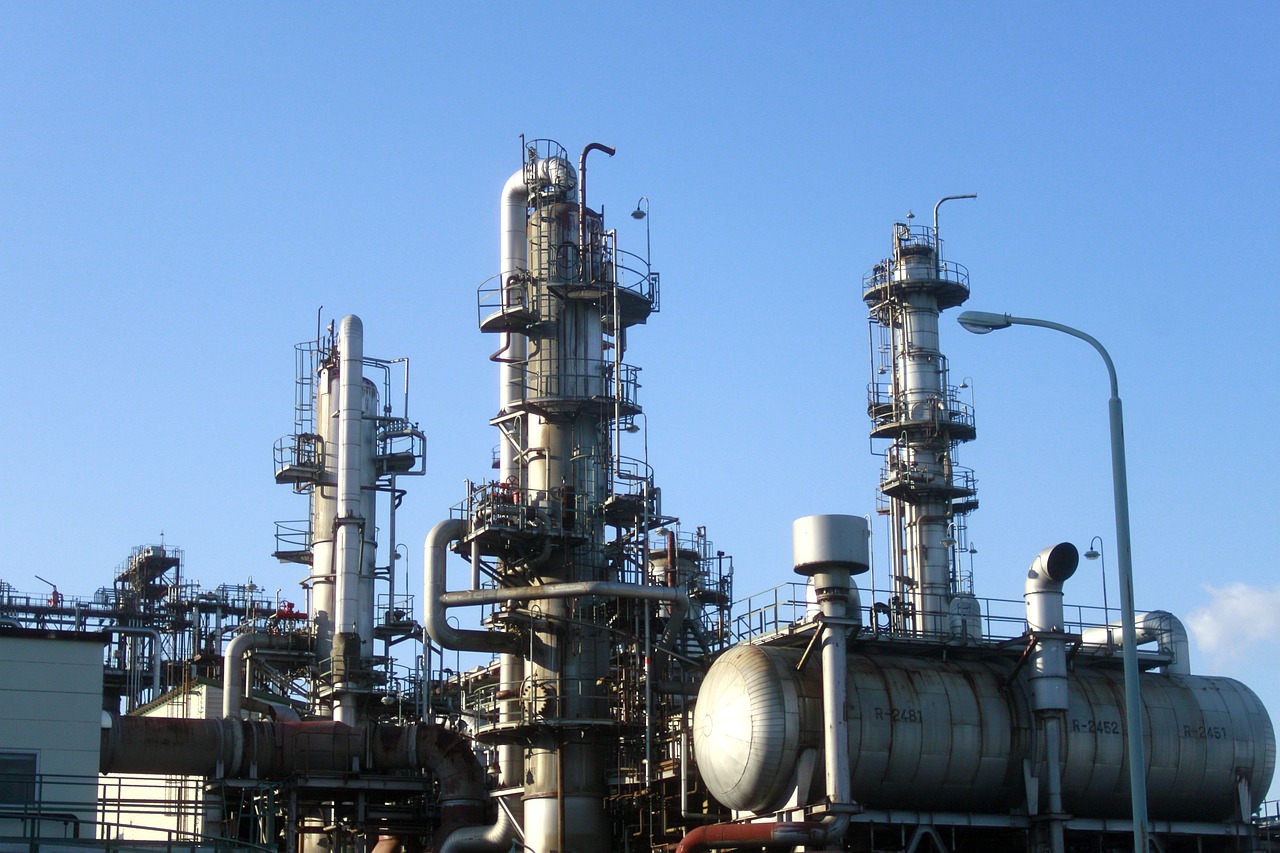
IEA flags looming oil glut as demand wilts and output surges
Global oil markets are tilting toward their largest supply overhang since the pandemic as demand growth lags and production accelerates across Opec+ and key non-Opec producers, the International Energy Agency (IEA) warns.
Oil prices edged higher Thursday, with Brent near a two‑week peak around $67 and WTI above $63, after gains of more than 1% in the prior session. Traders remain cautious, balancing resilient spot demand against rising inventories and shifting supply flows that have dragged crude to a three‑month low this month.
The IEA trimmed its demand outlook again in August—its sixth downgrade this year—now seeing global consumption up just 680,000 barrels per day (bpd) in 2025 and 700,000 bpd in 2026. Softer usage across major economies and underwhelming demand in large emerging markets, including China, Brazil, Egypt, and India, are driving the revisions. A summer bump in jet fuel in the US and Europe has not offset broader weakness.
On the supply side, the picture is robust. The IEA lifted its 2025 supply growth projection to 2.5 million bpd, with Opec+ having agreed to add 547,000 bpd in September—fully unwinding the 2.2 million bpd in cuts introduced in late 2023. Even so, most new barrels are slated to come from outside the alliance: the US, Brazil, Canada, and Guyana are all expanding output, with non‑Opec+ supply expected to rise by 1.3 million bpd in 2025 and another 1 million bpd in 2026. Brazil is set to lead non‑Opec+ growth in 2026.
The imbalance is showing up in stockpiles. Observed global oil inventories grew by about 1.5 million bpd in Q2, including sizable builds in Chinese crude and US gas liquids. Looking ahead, the IEA projects inventories could swell by nearly 3 million bpd next year—outpacing the 2020 pandemic glut.
The US Energy Information Administration (EIA) echoes the build, forecasting average stock increases above 2 million bpd in Q4 2025 and Q1 2026 and cutting its 2026 Brent forecast to $51 from $58. It expects sustained low prices could force supply curbs by mid‑2026.
Views diverge sharply between the IEA and Opec. The IEA pegs 2026 demand at 104.4 million bpd, versus Opec’s 106.5 million bpd. Opec also maintains a stronger 2025 demand growth estimate (1.29 million bpd) and sees smaller non‑Opec supply additions than the IEA, underscoring uncertainty over the market’s path.
Geopolitics add another layer. Market sentiment softened after indications that Russian oil exports are unlikely to be disrupted in the near term, a bearish factor offset in part by still‑low stocks at key pricing hubs and record summer refinery runs that absorbed extra barrels.
Bottom line: unless demand surprises on the upside or Opec+ undertakes fresh coordinated cuts, swelling inventories and firm supply growth could keep prices under pressure well into 2026—testing high‑cost producers while offering some relief to consuming economies.





